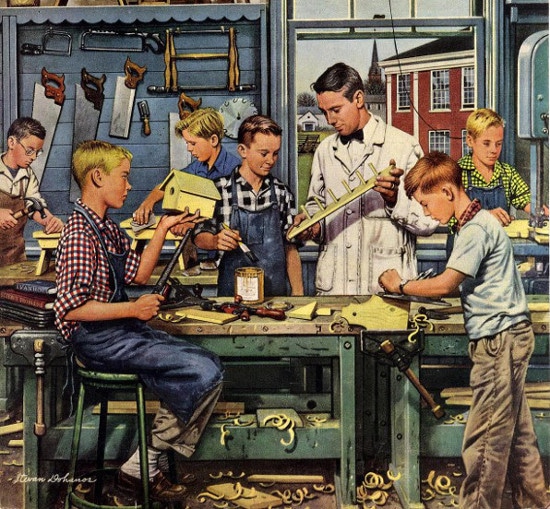UL 1008 Standard for Safety for Transfer Switch Equipment is principally a product standard and has no direct competitor standard that matches its scope and adoption. Other standards or certifications may overlap in specific contexts:
- IEC 60947-6-1 is used globally. It covers similar functionality but differs in testing and application, often requiring adaptation for North American compliance.
- CSA C22.2 No. 178 is aligned with UL 1008 but specific to Canadian requirements. It is complementary rather than a competitor, as many products seek dual certification.
Ω
Ω
- UL 1008 is developed and updated by a Standards Technical Panel (STP) involving experts from industry, government, and academia. The process includes rigorous testing, research, and consensus-building, which incur significant expenses. Regular revisions, like the 9th edition in 2022, require ongoing investment to ensure compliance with evolving safety and regulatory requirements.
- UL 1008 targets a niche market of engineers, manufacturers, and inspectors in the electrical power industry. Unlike consumer products, the limited demand for technical standards means costs are spread across fewer buyers, driving up the price per copy.
- Certification to UL 1008 ensures safety and compliance with codes like NFPA 70, reducing liability risks for manufacturers and users. The high cost reflects the standard’s critical role in ensuring reliable, safe transfer switch equipment for applications like emergency power systems.
- UL Standards & Engagement operates as a nonprofit, but it recovers costs through sales and licensing. Unlike open-access standards, UL’s proprietary model prioritizes quality and controlled distribution.
- Single-copy purchases are priced high to encourage subscriptions or enterprise licenses, which offer broader access to multiple standards at a lower per-standard cost.
Today is an impactful day for Schneider Electric in the U.S. as we break ground on our Columbia, Missouri Facility. Michael Quinn, SVP Power Products U.S. and ASCO, Schneider Electric, is kicking off the ribbon cutting ceremony alongside Missouri Governor, Mike Kehoe.
The… pic.twitter.com/zCilwYnMhw
— SchneiderElectric NA (@SchneiderNA) May 13, 2025
UM DESIGN GUIDELINE 263000: ENGINE-GENERATOR SYSTEM AND ROOM
Eaton: 3-Pole and 4-Pole Transfer Switch Switching Characteristics

























